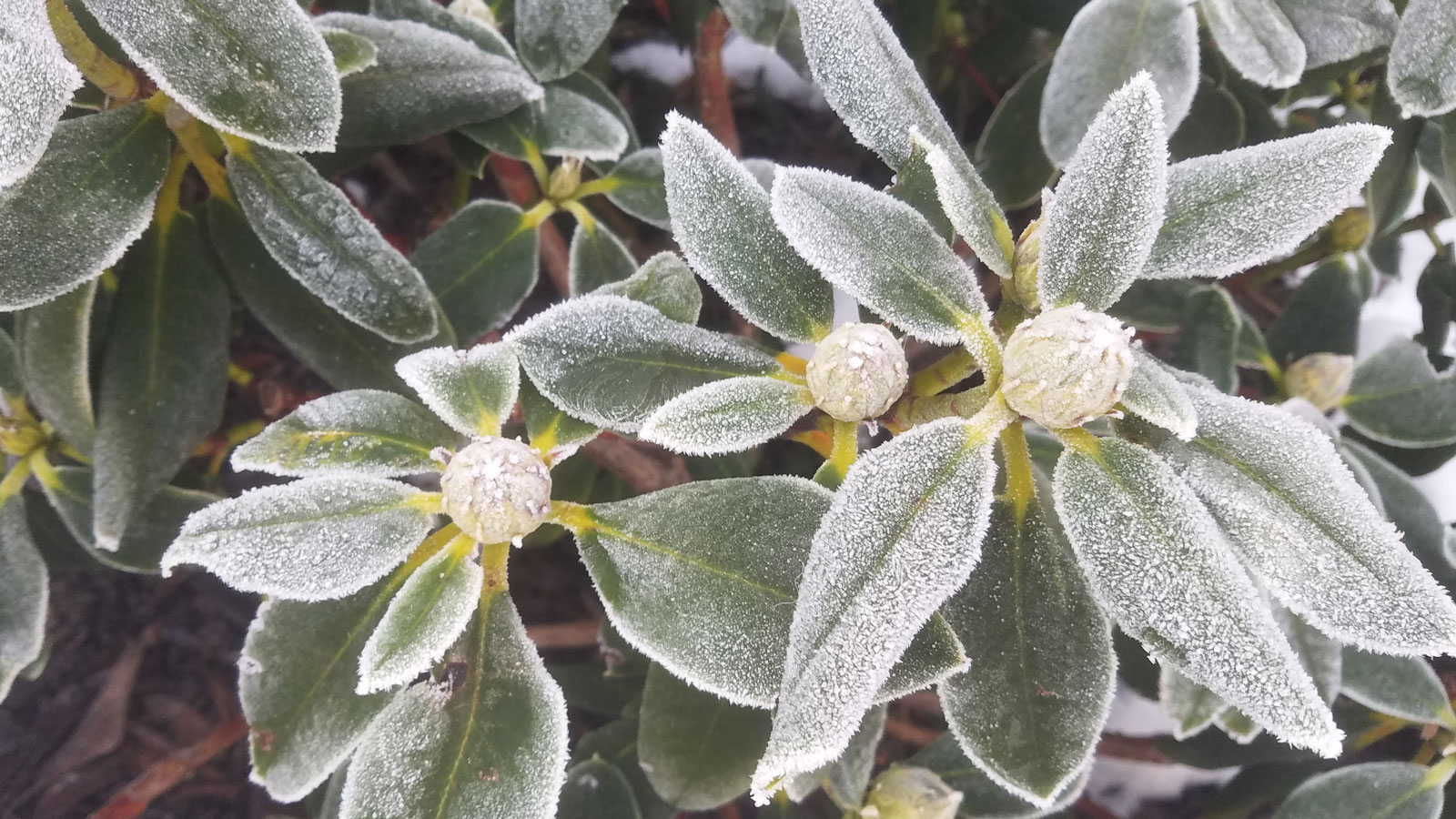Which Plants You Shouldn’t Prune In Winter
Understanding which plants you shouldn’t prune in winter will safeguard key evergreens and spring-flowering ornamentals. We explain which plants to leave alone


Having to think about plants you shouldn’t prune in winter might seem confusing. You may have heard that winter is the perfect time to prune plants since many of them are dormant. This is absolutely true for some plants, but not all plants. The last thing you want to do is make winter pruning mistakes that might kill a season of growth. So it’s important to have a clear idea of what not to prune in winter.
Can you prune trees in the winter? Can you prune shrubs in winter? Again, the answer is: Some, but not all. But don’t worry, it’s not too hard to understand which plants you can snip during the coldest months of the year – and which you should leave for later.
Understanding Which Plants You Shouldn’t Prune in Winter
Pruning garden plants is an important part of their required maintenance. However, in terms of the pruning basics, the ‘when’ is just as critical as the ‘how’. Knowing which plants not to prune in winter involves a basic understanding of how key deciduous plants develop and flourish. While most deciduous bushes do best with winter pruning, some must be pruned in spring, summer or the fall. Even those you can prune in winter may be picky about exactly which part of winter works best for trimming.
Conifers and narrow-leaf evergreens like hemlock, juniper, arborvitae and Leyland cypress should be pruned in February. The same is true for fruit trees. However, many roses prefer pruning in March. That said, if you are pruning to remove dead, damaged, or diseased limbs, this can be done at any point when you notice the problem.
Why To Leave Certain Plants in Winter
In identifying plants you shouldn’t prune in winter, it helps to understand why. For example, many flowering ornamentals should not be pruned in winter because they set their flower buds earlier in the year. That means that a winter pruning eliminates the following season's flowers or fruits.
Pruning deciduous trees in winter makes it easier to see the leafless branches. But be aware that pruning during truly cold weather can cause tree branches to crack and die back. Even branch collars may freeze if they are exposed, and this gets in the way of the plant’s ability to seal wounds.
Furthermore, bleeding trees – those with free-flowing sap that bleeds after pruning, like birch, elm and maple – should not be pruned in late winter or early spring. Rather, you should prune these trees in the very coldest part of winter.
Sign up for the Gardening Know How newsletter today and receive a free copy of our e-book "How to Grow Delicious Tomatoes".
As mentioned, there is an optimal time to prune most garden plants. Generally, it is best to prune deciduous plants when they are dormant. But this is not a universal rule.
Flowering Ornamentals You Should Leave
The ideal time to prune plants with attractive flowers depends on when the plant forms their flower buds. Since these plants can form their flower buds at different times of the year, your pruning season must be adjusted.
As far as plants not to prune in winter, there are a few key ornamentals to watch out for. Do you grow spring-flowering plants such as azalea, dogwood, forsythia, redbud and rhododendron? If so, beware of fall or winter pruning. These flowering shrubs and trees set flower buds in the fall. Picking up the pruners in fall or winter means you are reducing (or entirely eliminating) their spring flower display.
However, summer-flowering plants often form flower buds on new spring growth. These include crepe myrtle and abelia. Pruning these plants during winter is absolutely fine as it doesn’t impact spring flowering.
Evergreens You Should Leave
Many of us keep some evergreens in our yard. Both evergreen shrubs and evergreen trees are popular for privacy hedging, since they offer year-round coverage. But the rules about when to trim evergreens are a little complex when you are considering plants you shouldn’t prune in winter.
Do your evergreens only put forth new growth in spring? Pine and spruce fall into this category. These evergreens should be pruned in spring and early summer, after the growth is finished. Finish their pruning before June.
Some evergreens produce several growth spurts each year over the spring and summer. Examples include juniper, boxwood shrubs and yews. Prune these evergreens just before the new growth appears, or just after, essentially from late March through mid-May. Note that broadleaf evergreens need no pruning, other than for broken or diseased branches.

Teo Spengler is a master gardener and a docent at the San Francisco Botanical Garden, where she hosts public tours. She has studied horticulture and written about nature, trees, plants, and gardening for more than two decades, following a career as an attorney and legal writer. Her extended family includes some 30 houseplants and hundreds of outdoor plants, including 250 trees, which are her main passion. Spengler currently splits her life between San Francisco and the French Basque Country, though she was raised in Alaska, giving her experience of gardening in a range of climates.